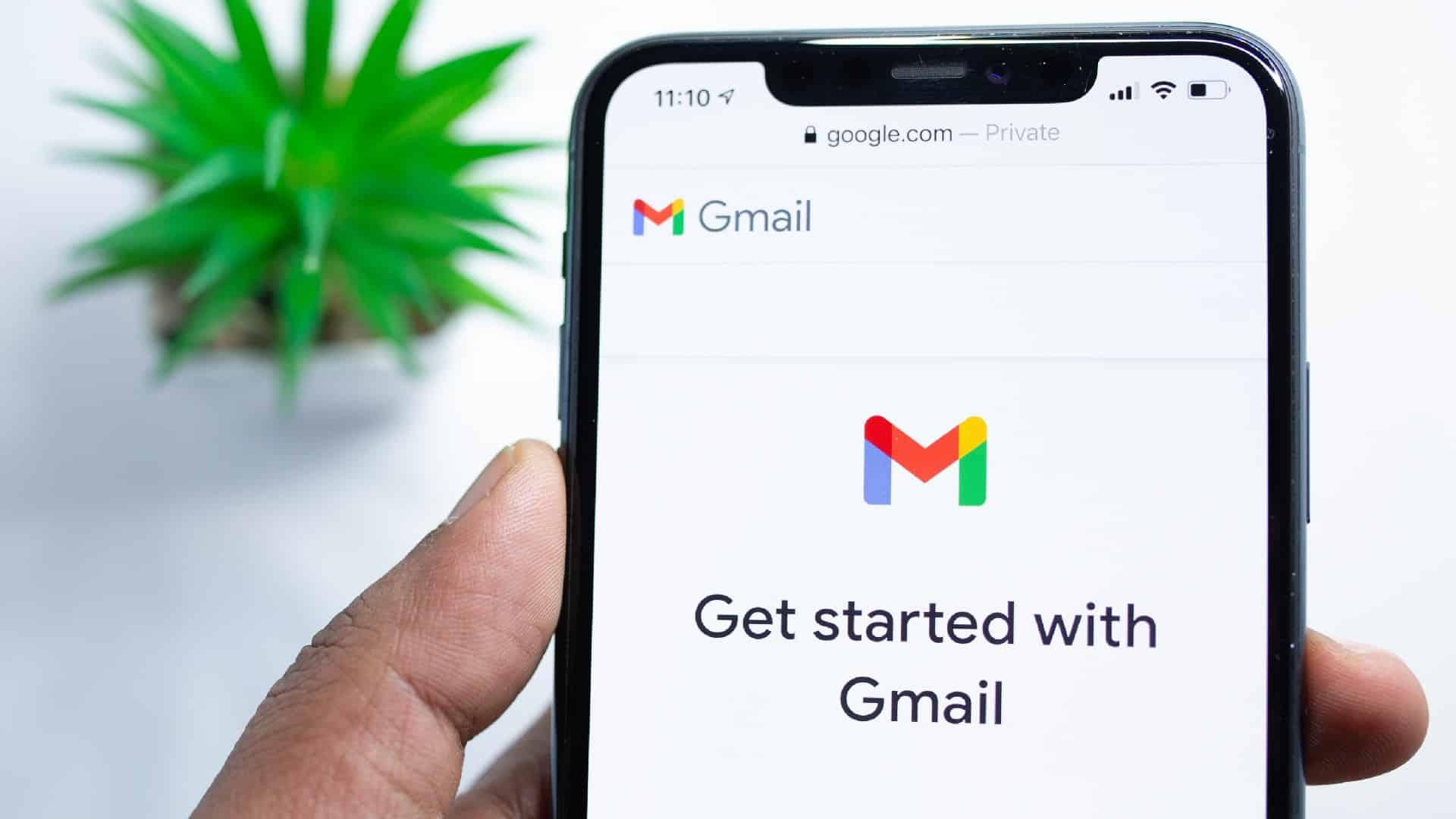This Day, That Year – April 1
Sat 01 Apr 2023
This day in history we feature the Gmail. Google launches its free Email service Gmail on this day in 2004.
Trivia – Gmail
As of 2019, it had 1.5 billion active users worldwide. A user typically accesses Gmail in a web browser or the official mobile app. Google also supports the use of email clients via the POP and IMAP protocols. Paul T. Buchheit an American computer engineer and entrepreneur who created Gmail.
Related read – Google improves the search experience on Gmail and Chat
At its launch in 2004, Gmail provided a storage capacity of one gigabyte per user, which was significantly higher than its competitors offered at the time. Today, the service comes with 15 gigabytes of storage, which is divided among other Google services, such as Google Drive, and Google Photos. Users can receive emails up to 50 megabytes in size, including attachments, while they can send emails up to 25 megabytes. In order to send larger files, users can insert files from Google Drive into the message. Gmail has a search-oriented interface and a “conversation view” similar to an Internet forum. The service is notable among website developers for its early adoption of Ajax. Google’s mail servers automatically scan emails for multiple purposes, including to filter spam and malware, and to add context-sensitive advertisements next to emails. This advertising practice has been significantly criticized by privacy advocates due to concerns over unlimited data retention, ease of monitoring by third parties, users of other email providers not having agreed to the policy upon sending emails to Gmail addresses, and the potential for Google to change its policies to further decrease privacy by combining information with other Google data usage. The company has been the subject of lawsuits concerning the issues. Google has stated that email users must “necessarily expect” their emails to be subject to automated processing and claims that the service refrains from displaying ads next to potentially sensitive messages, such as those mentioning race, religion, sexual orientation, health, or financial statements. In June 2017, Google announced the end to the use of contextual Gmail content for advertising purposes, relying instead on data gathered from the use of its other services.
Source – Wikipedia

 May 01 2024
May 01 2024













